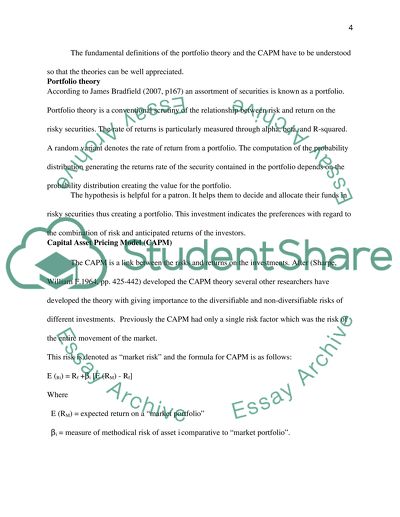Cite this document
(“Relevance of Portfolio Theory and Capital Asset Pricing Model Essay”, n.d.)
Relevance of Portfolio Theory and Capital Asset Pricing Model Essay. Retrieved from https://studentshare.org/miscellaneous/1512236-relevance-of-portfolio-theory-and-capital-asset-pricing-model
Relevance of Portfolio Theory and Capital Asset Pricing Model Essay. Retrieved from https://studentshare.org/miscellaneous/1512236-relevance-of-portfolio-theory-and-capital-asset-pricing-model
(Relevance of Portfolio Theory and Capital Asset Pricing Model Essay)
Relevance of Portfolio Theory and Capital Asset Pricing Model Essay. https://studentshare.org/miscellaneous/1512236-relevance-of-portfolio-theory-and-capital-asset-pricing-model.
Relevance of Portfolio Theory and Capital Asset Pricing Model Essay. https://studentshare.org/miscellaneous/1512236-relevance-of-portfolio-theory-and-capital-asset-pricing-model.
“Relevance of Portfolio Theory and Capital Asset Pricing Model Essay”, n.d. https://studentshare.org/miscellaneous/1512236-relevance-of-portfolio-theory-and-capital-asset-pricing-model.


